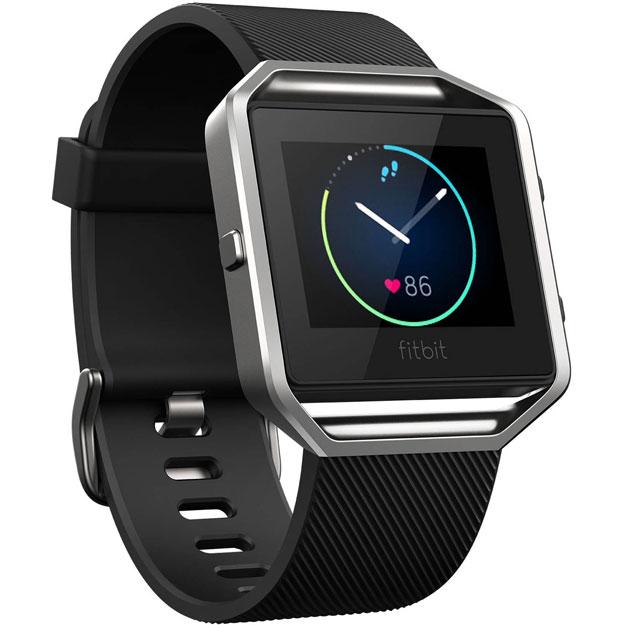Fitbit CEO Slams Apple Watch, Challenges ‘Wrong Way’ Kitchen Sink Approach To Wearables
Like many first generation products from Apple, the Apple Watch is far from perfect. It requires a smartphone tether to do more than basic functions like telling time, app load times can be excruciatingly long and battery life leaves much to be desired.
Fitbit CEO James Park has taken note of all of these shortcomings of the Apple Watch and is still surprised at the attention that it is getting from not only the press, but also the public. In an interview with The New York Times, Park talks about how excited he was to reveal the Fitbit Blaze at this year’s Consumer Electronics Show, only have it compared incessantly (and harshly) to the Apple Watch.
“I was definitely pretty surprised when I looked at some of the aftermath of it,” said Park.
Fitbit’s sometimes singular focus on fitness leaves it increasingly at odds with today’s focus on digital convergence. The Apple Watch takes the kitchen sink approach with built-in capabilities that include making/receiving phones calls and texts, fitness tracking, app notifications and even remote [iPhone] camera control. That doesn’t even take into account the functionality introduced with the numerous Apple Watch apps included in the App Store.
“We look at it from a consumer point of view,” Park added. “[The Apple Watch] is a computing platform, but that’s really the wrong way to approach this category from the very beginning.”

Apple Watch
Fitbit’s limited focus allows it to offer products as cheap as the $50 Zip, while even its most expensive offerings like the $200 Blaze far undercut the Apple Watch, which starts at $299 (previously $349).
With that being said, new market analysis from Business Insider suggests that the Apple Watch will command 40 percent of the market for smartwatches over the price of $350 by the year 2020. The same report also says that fitness bands captured 53 percent of the wearables market in 2014, but may see that share fall to 48 percent this year. By 2020, dedicated fitness trackers are expected to see their share fall even further to 42 percent.


